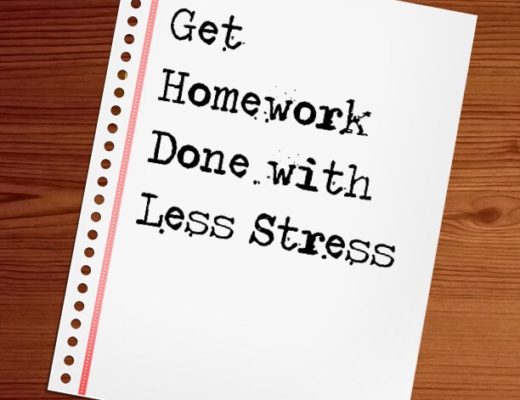Lesson: Creating an environment for critical thinking is a go-to in schools right now. Colleges and corporations are reporting that students are entering college and the workplace with minimal problem solving skills. So to address this concern, most schools are shifting their academic focus to center more on critical thinking and problem solving. Parents have an opportunity to be a part of this solution by helping to develop critical thinkers and problem solvers while children are at home.
Here are 3 steps to help with the process:
1-Model how to problem solve yourself: Allow your children to see you struggle with some things and then watch you go through the problem solving process. For example, if you are baking something and you run out of flour, walk-through your problem-solving process out loud. If you have an unexpected expense because of something that needs to be repaired in the house, let your child watch you go through the process of getting that taken care of. When you’re thinking through problems like that, talk out loud and give your children the opportunity to observe how you process.
2-Resist the temptation to solve their problems-This is probably the hardest step but the most important. I am in the process of being intentional about practicing this everyday with my children, so I know the struggle. 🙂 What helps me stay faithful to the process is, knowing that if I constantly fix everything for my children and solve all of their problems they will not be prepared when “life” hits them and I’m not there with them. A few ways I try to practice this currently is when my children are playing with each other or with friends. I really try to resist the urge to jump in and make them play nicely (unless it gets physical, of course.) I also try to resist the urge to jump in and help them when they are struggling to put something together or figure something out and they get frustrated. I try to encourage them to not give up and I let them keep trying on their own or work together with them to solve it. It is tough to sit back and watch them struggle but I have to let them learn how to work through those moments.
3-Guide them to think critically by asking them open-ended questions: When your child is trying to walk-through a problem or figure something out, ask them questions to help them think things through. For example, ask them, “What would happen if____________?” Or, “How could you work towards figuring out___________?” Anything that is going to get them to think beyond a yes or no answer and process possible solutions, is a good thinking question.
Application: Think about the 3 steps listed above. What can you implement on a regular basis to help guide your child into becoming a problem-solver?




No Comments